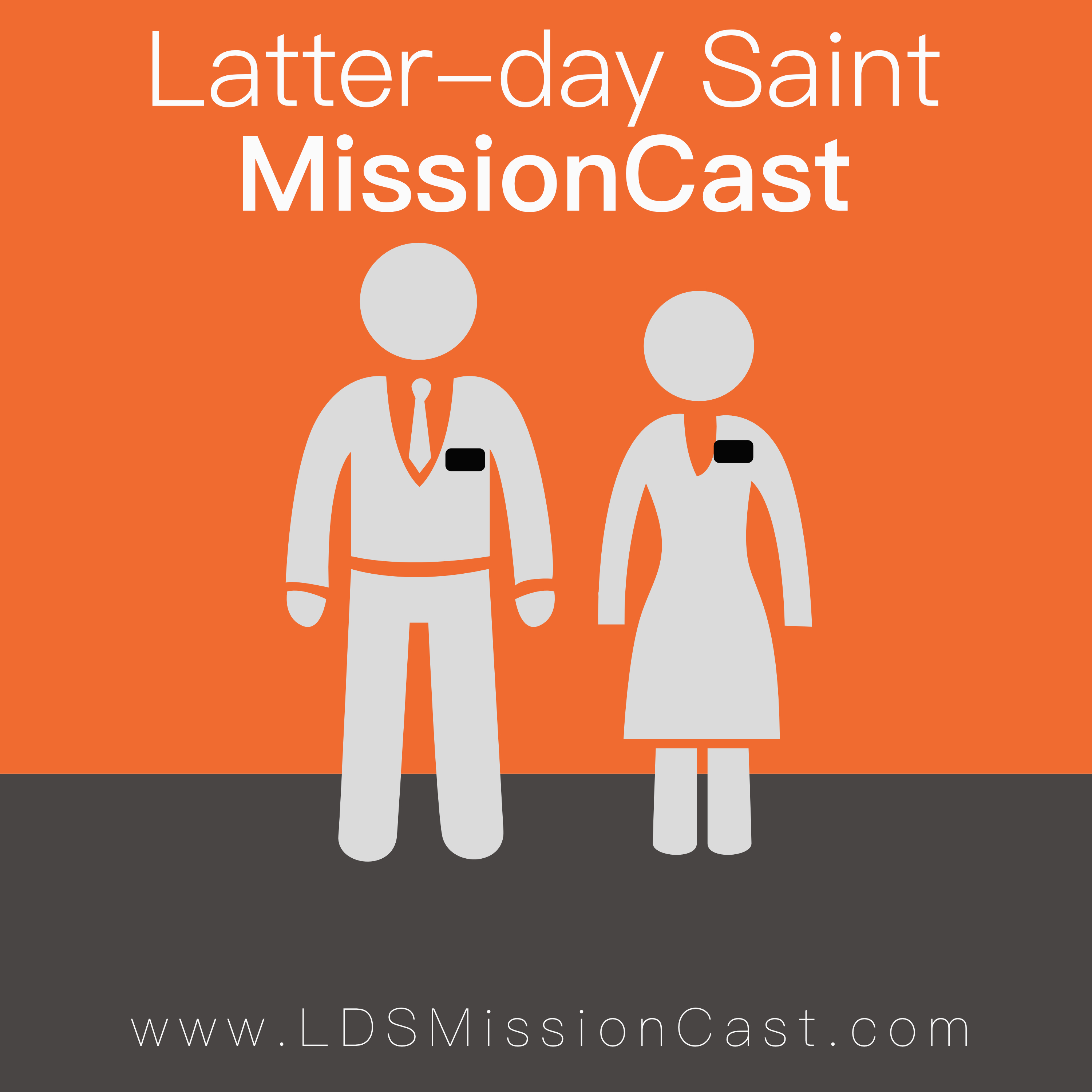Podcast: Play in new window | Download
Subscribe: Spotify | RSS | Subscribe to Podcast
Dispensation, Apostasy, and Restoration are the considered basic doctrines of the Restored Gospel. However, they are interrelated and should not be separated if they are to be considered eternal, and salvific (relating to our salvation).
“The message of Dispensation, Apostasy, and Restoration, is the story of the scriptures,” says Mason Isom, guest for this episode of the Latter-day Saint MissionCast podcast. There are many deep and rich truths that come with an understanding of these three related principles. However, it may not be so simple to teach these truths to investigators. Mason Isom is a Religious Educator for the Seminary program of The Church of Jesus Christ of Latter-day Saints. He has a Masters Degree from Claremont Graduate University in Philosophy of Religion. He brings his formal education to help us understand the differences in how Latter-day Saints use these terms, and how we can best teach them to those of other faiths.
Here is the official Teachings from the Church’s website on the basic doctrine of Dispensation, Apostasy, and Restoration:
Dispensation
A dispensation is a period of time when the Lord reveals His doctrines, ordinances, and priesthood. It is a period in which the Lord has at least one authorized servant on the earth who bears the holy priesthood and who has a divine commission to dispense the gospel and to administer the ordinances thereof. Today we are living in the last dispensation—the dispensation of the fulness of times, which began with the revelation of the gospel to Joseph Smith.
Previous dispensations are identified with Adam, Enoch, Noah, Abraham, Moses, and Jesus Christ. In addition, there have been other dispensations, including those among the Nephites and the Jaredites. The plan of salvation and the gospel of Jesus Christ have been revealed and taught in every dispensation.
Apostasy
When people turn away from the principles of the gospel and do not have priesthood keys, they are in a state of apostasy.
Periods of general apostasy have occurred throughout the history of the world. One example is the Great Apostasy, which occurred after the Savior established His Church (see 2 Thessalonians 2:1–3). Following the deaths of the Savior’s Apostles, the principles of the gospel were corrupted and unauthorized changes were made in Church organization and priesthood ordinances. Because of this widespread wickedness, the Lord withdrew the authority and keys of the priesthood from the earth.
During the Great Apostasy, people were without divine direction from living prophets. Many churches were established, but they did not have the authority to confer the gift of the Holy Ghost or perform other priesthood ordinances. Parts of the holy scriptures were corrupted or lost, and the people no longer had an accurate understanding of God.
This apostasy lasted until Heavenly Father and His Beloved Son appeared to Joseph Smith and initiated the Restoration of the fulness of the gospel.
Restoration
The Restoration is God’s reestablishment of the truths and ordinances of His gospel among His children on the earth (see Acts 3:19–21).
In preparation for the Restoration, the Lord raised up noble men during what is called the Reformation. They attempted to return religious doctrine, practices, and organization to the way the Savior had established them. They did not, however, have the priesthood or the fulness of the gospel.
The Restoration began in 1820 when God the Father and His Son, Jesus Christ, appeared to Joseph Smith in response to his prayer (see Joseph Smith—History 1:15–20). Some of the key events of the Restoration were the translation of the Book of Mormon, the restoration of the Aaronic and Melchizedek Priesthoods, and the organization of the Church on April 6, 1830.
The Aaronic Priesthood was restored to Joseph Smith and Oliver Cowdery by John the Baptist on May 15, 1829. The Melchizedek Priesthood and keys of the kingdom were also restored in 1829, when the Apostles Peter, James, and John conferred them upon Joseph Smith and Oliver Cowdery.
The fulness of the gospel has been restored, and The Church of Jesus Christ of Latter-day Saints is “the only true and living church upon the face of the whole earth” (D&C 1:30). The Church will eventually fill the whole earth and stand forever.
Related references: Isaiah 29:13–14; Ezekiel 37:15–17; Ephesians 4:11–14; James 1:5–6

